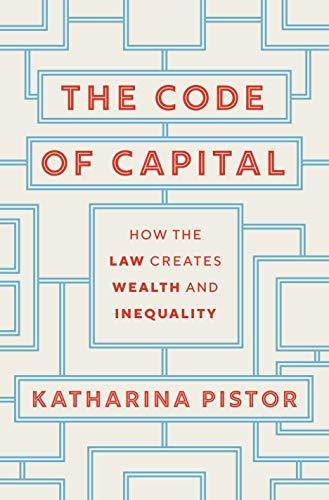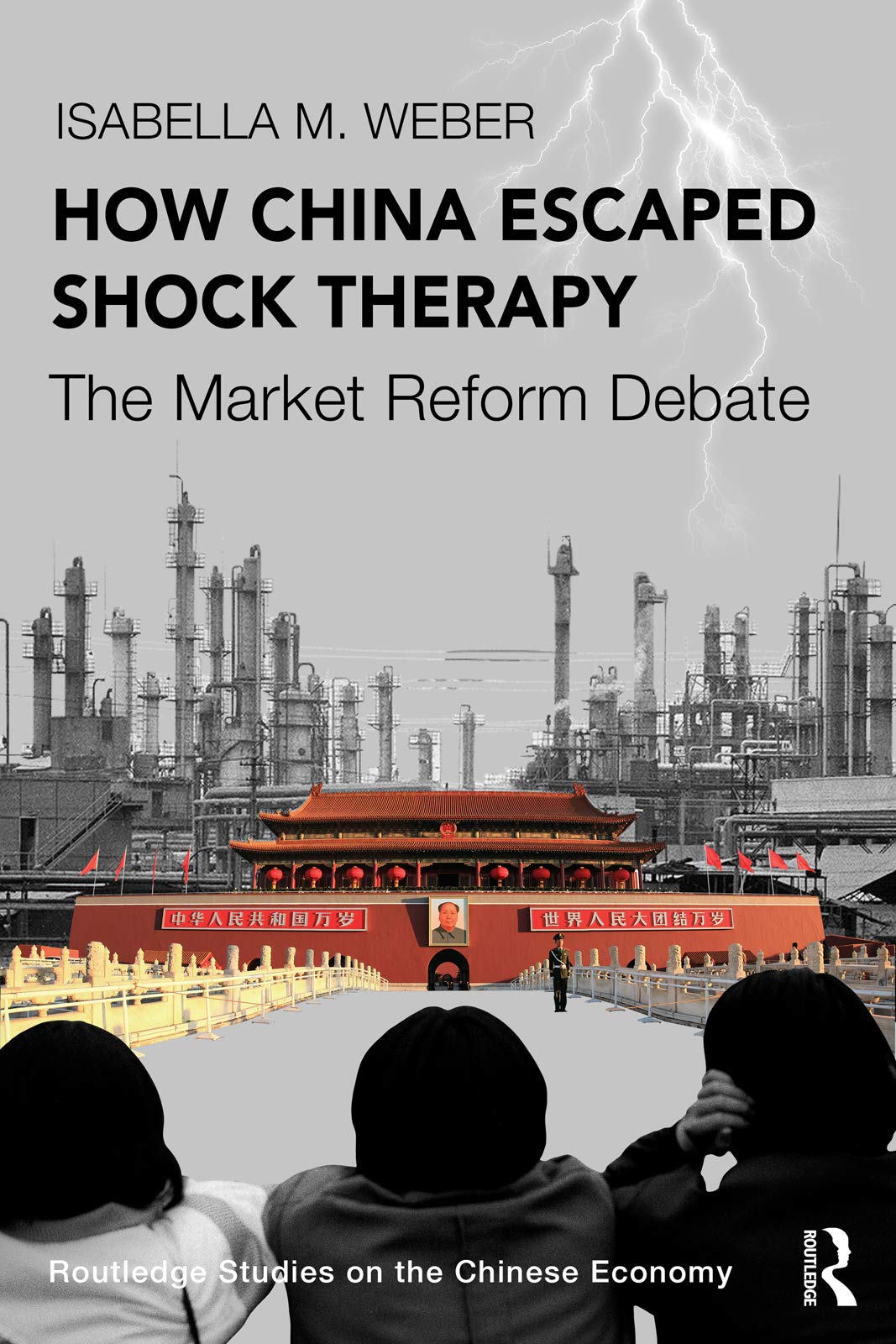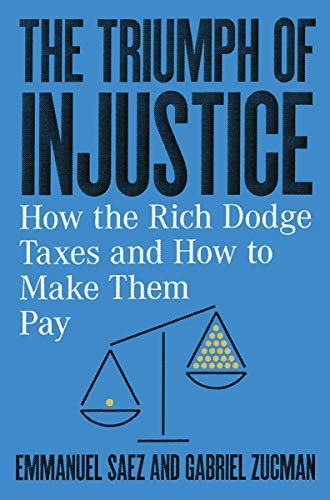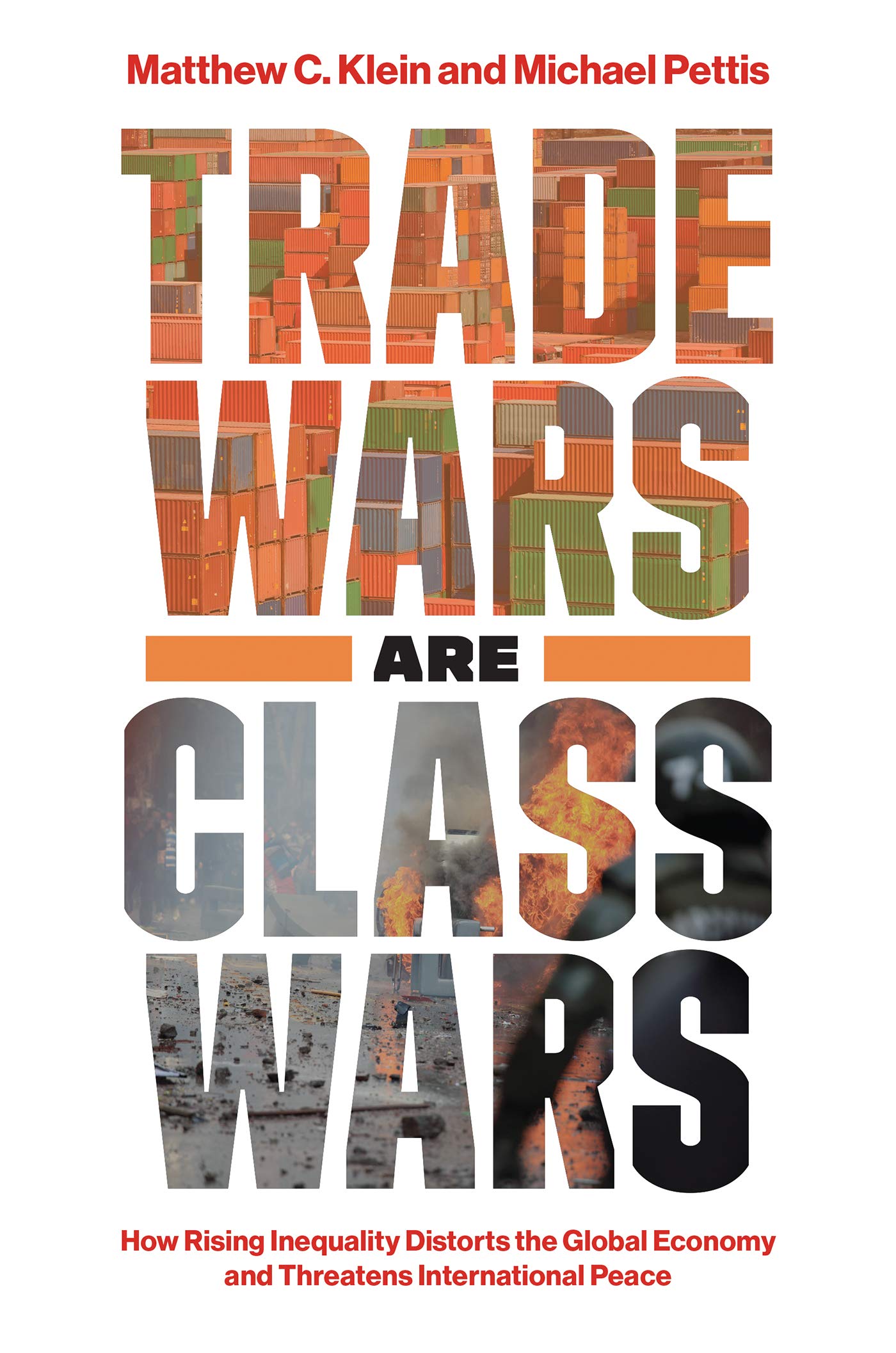Jökull Sólberg

This is an account of the 2008 Great Financial Crisis that any player will find hard to refute. The intention is to present things fact by fact. At the end of the day, it was China’s stimulus and the Fed’s secret swap lines to all foreign central banks that mattered that held things together. The current financial system lives to see another day. It’s the reserve preference of the US dollar that allowed the Fed to keep the current system in place.
The absence of a euro-dollar or a sterling-dollar currency crisis was one of the remarkable features of 2008. It was no accident. It was the swap lines that did the trick. What the Fed had done for money markets, the central banks now did for the global provision of dollar bank funding. They absorbed the currency mismatch of the European bank balance sheets directly onto their own accounts. Compensating public action ensured that private imbalances did not spill over into a general crisis.
This book was quite dense and challenging to read, but there is no other way to put together an accurate account of the crashing of the world’s global financial system. Understanding financial mechanics such as QE is necessary to grasp the response to GFC, especially the role of modern central banks and what tools are at their disposal:
How exactly quantitative easing works remains a subject of controversy.74 Large-scale purchasing of mainly short-term bonds drives up bond prices and thus reduces yields. Reduced short-term rates may help to lever down long-term rates and thus to stimulate investment. But that depends on there being businesses willing to invest, which cannot be taken for granted at a time of crisis. The most direct effect of QE comes via financial markets. As the central bank hoovers up bonds, it drives down yields, forcing asset managers to go in search of yields in other classes of assets. Switching out of bonds into stocks inflates the stock market, increasing the wealth of those with stock portfolios, tending to make them more willing to both invest and consume. This, to say the least, is an uncertain and indirect method of stimulating the economy. By boosting the wealth of already wealthy households, it is predestined to increase inequality. Low-income households have no way of participating in capital gains.
A comparison of the Chinese, US and EU responses explains a lot of the current tensions in the EU. The yellow vests in Paris must be viewed in light of the faint and delayed monetary responses from the ECB, enforced austerity and lack of fiscal transfers both between states but also classes within countries. The US has similar problems, but is at least a coherent monetary region.
Automatic stabilizers are the unsung heroes of modern fiscal policy. In the United States, no more than one third of federal government spending is discretionary. The rest is made up of mandatory expenditures required by existing “entitlements,” social programs such as unemployment and disability benefits, or retirement pensions.














